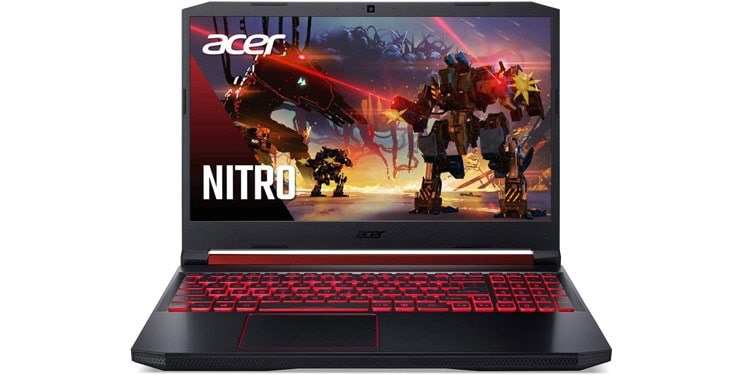This article will answer all such queries and help you choose the right storage capacity for your laptop. For the everyday user, 256 GB – 512 GB is the sweet spot. Of course, there are scenarios where it’s not just better, but necessary to go higher or lower than this range. As such, we’ve discussed in detail, how much storage you’ll need for most purposes, in the article below.
Storage Requirement by Usage
We’ve divided the space recommendations into light, medium, and heavy sections. This should help you make the best decision according to your usage intensity, needs, and requirements.
Light Usage
Most casual users use laptops for school/office work, surfing the web, storing some photos, videos, and the occasional game or two. For these purposes, an entry-level laptop with 128 GB – 256 GB of storage space will more than suffice. Work-related applications such as MS Office suite, Zoom, Photoshop, etc., only occupy a few GBs at most. The same goes for internet browsers and most general-purpose software. When it comes to storing photos, image size usually ranges from 200 KB – 8 MB. Assuming an average image’s size is 4 MB, 1000 photographs would occupy roughly 4 GBs of space. Even on a 128 GB system, that’s barely anything. Videos are a bit trickier. On average, an hour-long HD (720p) video will occupy around 900 MBs. For practical purposes, let’s say you’re storing personal videos, movies, and series that add up to 50 hours total – that would be roughly 45 GBs. A bit more of a dent for sure, but let’s be honest, most people don’t locally store that many videos anymore. Cloud-based services like Netflix are all the rage these days, so videos taking up too much space likely won’t be a concern for most users. And finally, video games. AAA games require huge storage capacity and regularly make headlines these days with insane sizes of over 100 GBs. But that’s the top of the line. The average game only comes out to around 8-10 GBs, especially if you consider older games as well. In any case, a laptop with 256 GB storage will be plenty for casual gamers.
Medium Usage
Certain professionals like photo and video editors, programmers, engineers, etc., require higher-end laptops capable of handling resource-intensive tasks. In addition to powerful processors and GPUs, it’s also important that these laptops have 512 GB – 1 TB of storage space. As a Computer Science or Engineering student, you’ll likely need to install several virtual machines and test a lot of applications. For these purposes, 512 GB will usually suffice. If you plan to store photos, videos, games, and stuff as well, 1 TB storage might be a better option. The same applies to graphic designers, video editors, and content creators. For reference, a RAW photo is usually 10-50 MB in size, and a 1080P 60FPS video sizes up to 1GB per minute. Over time, you’ll rack up a large number of such projects, which will add up to hundreds, if not thousands of GBs. So, 1 TB is absolutely necessary for professional photographers and videographers.
Heavy Usage
ARK: Survival Evolved, with all the expansions included, can take up almost 300 GBs. Yes, that’s a massive amount of space for just one game! While ARK may be an extreme example, modern games in general (Elden Ring – 60 GB, Valorant – 20GB) tend to be on the heavier side. High res vids are no joke either. A Full HD movie usually ranges from 3 – 6 GBs, whereas a commercial Blu-Ray is between 15 – 25 GBs. The fact is that collecting any sort of media and storing it locally requires quite a lot of storage space. As such, we recommend 2 – 4 TBs if you plan to download a lot of games, movies, and media in general.




